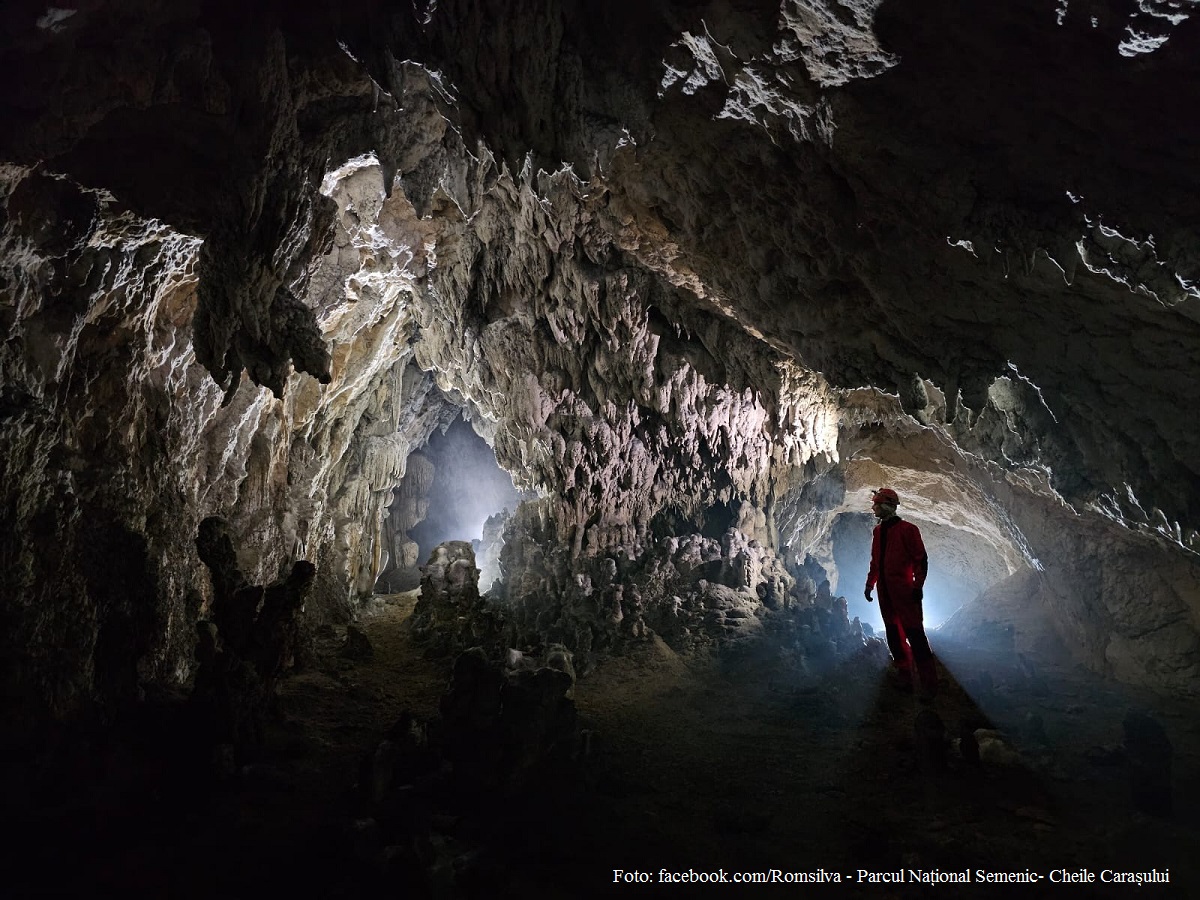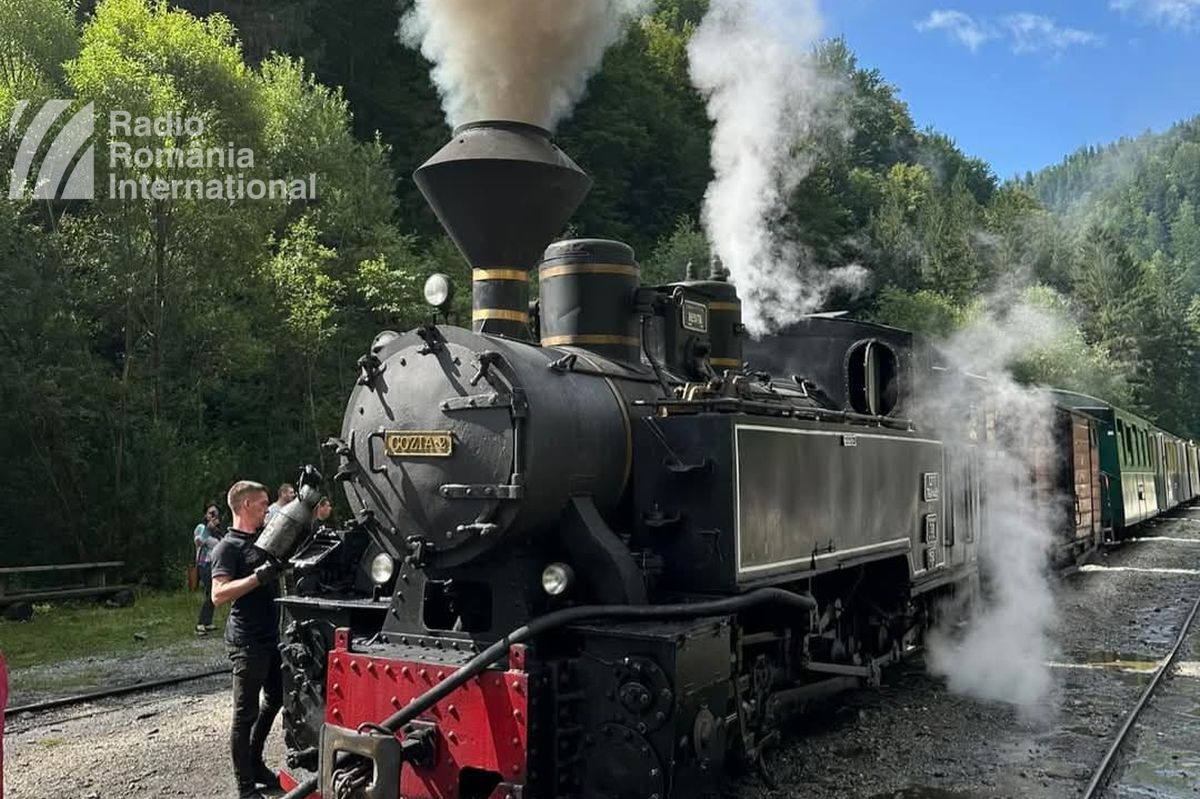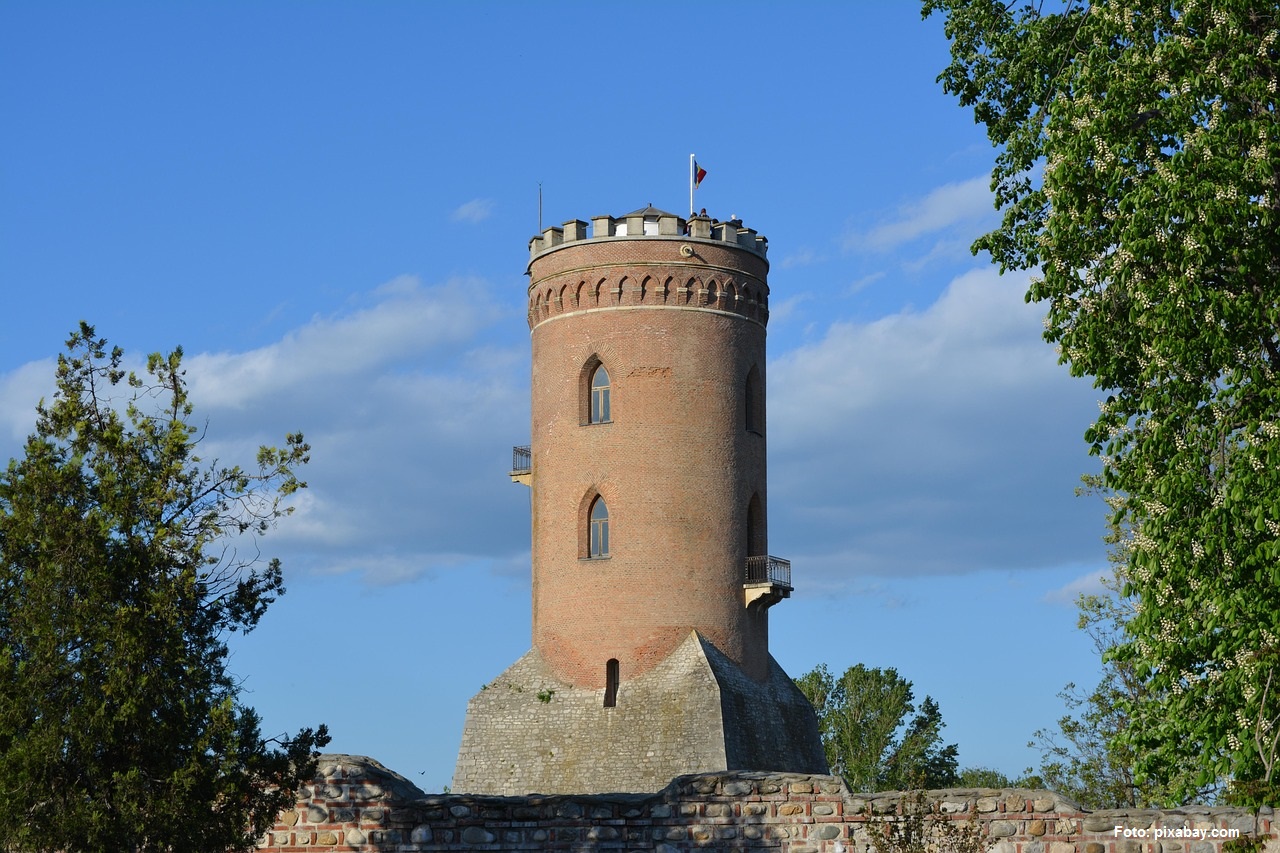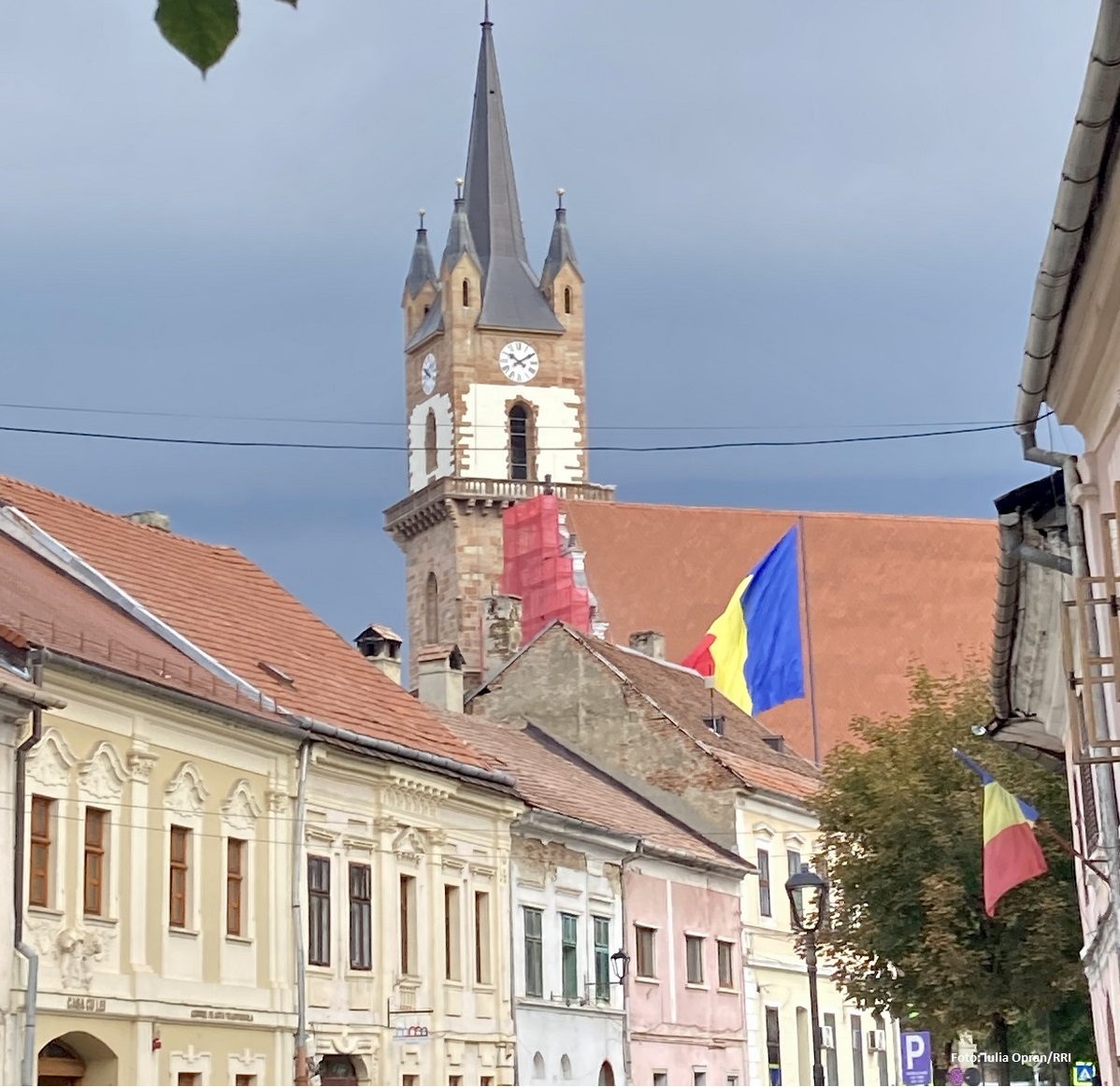Speleological tourism in Romania’s Anina Mountains
Romania's breathtakingly beautiful caves

Eugen Nasta, 26.09.2024, 14:00
Romania is home to roughly 12,000 caves, actually being one of Europe’s top countries in terms of the number and the diversity of the caves. Being of a very special beauty, the caves stand out thanks to the uniqueness of their karstic formations and the great length of the galleries, with some of them even being longer than ten kilometres. Actually, in the early 20th century, Romanian explorer Emil Racoviță laid the foundation of the world’s first biospeleology institute. At that, Racovita began the mapping of the subterranean universe. If we look again at the most beautiful caves, one of Europe’s most beautiful such caves can be found in western Romania, in Anina Mountains. It is called the Comarnic Cave.
The Comarnic Cave is one of Romania’s most beautiful and wildest caves. It is 6,203 meters long, lying at an altitude of 100 meters, with a three-level development. Of them, tourists can only see the upper level, stretching along 1,750 meters. The lower level is crossed by Ponicova rivulet’s subterranean segment.
Bogdan Badescu is the president of the Resita-based Explorers Speleological Association. At national level, Bogdan is a well-known speleologist and a former president of the Romanian Speleology Federation. Bogdan Badescu is our guide today and it is from him we found out that, in order for a cave to be formed, a soluble rock is needed. We’re speaking about limestone. As for the Caras-Severin County, there are many calcareous areas there.
“The limestones are formed at the bottom of the seas or at the bottom of lagoons, there where there are many sea creatures, which, after they die, they remain at the bottom of the seas, while all those shells of snails and bones make a bed which gets thicker in millions of years. And that’s how we get to have the present-day situation, where we have the Anina Mountains, which are more than 1,000 high, all of them being formed of limestone.
Three elements are required for a cave to be formed. We need a soluble rock. We also need water, I mean water that can flow through the soluble rock, thereby dissolving it so the space can thus be formed. Then we also need the course the water can flow through. Having the rock is not enough, unless a couple of seeps exists, for the water to flow through. In a very long period of time, the water, as it flows, dissolves the limestone, more and more. If, initially, a gallery had a one-centimetre-wide seep, now it is 10 to 20 meters wide and high. “
Interesting to note is the fact that there are no stalactites in the Comarnic Cave, yet there are deposits of calcium carbonate, the cave’s earliest such deposits. With details on that, here is the president of the Resita-based Explorers Speleological Association, Bogdan Badescu:
“ As we advance into the cave, we notice many more such calcium carbonate formations in various stages and shapes, all of them very beautiful. And, towards the middle of the cave, there where it is around 200 meters deep, as against the surface of the ground there are some huge basins which right now are even full of water. In popular terms, they are known as the Chinese walls. Their charm is very special. Another strong point of the cave is made of its silex formations. On the walls, we can see some stripes of a darker, black-brownish colour. Those are the silex interlayers. Of them, in the past, tools were manufactured, by the primitive men. It is the staple rock used for the manufacturing of the first tools.”
Unfriendly as it may seem, and with life circumstances being very difficult, the environment of the cave is home to adapted forms of life. A true subterranean universe. With details on that, here is the president of the Resita-based Explorers Speleological Association, Bogdan Badescu:
“There is a series of invertebrates which, as a rule, are one, two millimetre-long, or even less than one millimetre. Those invertebrates permanently live in the deep environment of the cave and they feed on one another, or on the trophic resources sometimes brought by the water from the surface. Apart from those invertebrate species in the cave, around one hundred, there are also the species that reach the cave accidentally.
The Ponicova rivulet, especially when the river flow is high, can mostly bring crabs or frogs in the cave. Those species, for a while they live as long as they can find food and the time comes for them to die, yet they manage to survive for quite a long period of time. There also are the butterflies and the spiders who you’re most likely to come across in the first dozens of meters, at the entrance of the Comarnic Cave.
The symbol-species everybody knows are the bat species. They are mammals entering the cave permanently, there they have both the birth habitat but also the hibernation and sheltering habitat. Especially in winter they form quite large colonies in the Comarnic Cave .”
Practical info on how to visit, providing it is the director of the Semenic-Caras Gorges National Park, Nicolae Ifca, who is also the administrator of the Comarnic Cave.
“I recommend tourists to access the official site of the park, at www.pnscc.ro, where they can get all the info on the visiting hours for absolutely any objective that can be found in the park. In the cave we come across several halls, bigger or smaller, a great many stalactite-type formations, stalagmites, columns, but for each and every one of them we have a name given by the administration, that’s for sure. Our daily timetable begins at 10:30 am with the first admission, while the last admission is at 15:30. From Monday to Friday we provide a guide to the visit, with a request to be made in advance, yet on Saturdays and Sundays we provide a guide on a permanent basis. “
In the Semenic-Caras Gorges National Park we find eleven nature reserves, but also 65,000 hectares of virgin and old-growth beech forests, included, in 2016, in the UNESCO world heritage list. And it is also here that we can find a rare specimen of Sequoia, whose circumference is 5.7 meters and whose estimate age is 200 years. The giant tree has been included in a route starting off right from the Comarnic Cave.
Actually, the Semenic-Caras Gorges National Park Administration provides guiding services for seven tourist programs, in the protected area. The guides are the park rangers who know the area, they can offer numerous pieces of info on the local history and culture, flora a and fauna species, or ecosystems. The fee per persons for a guided programs is 70 Lei (14 Euros).






























